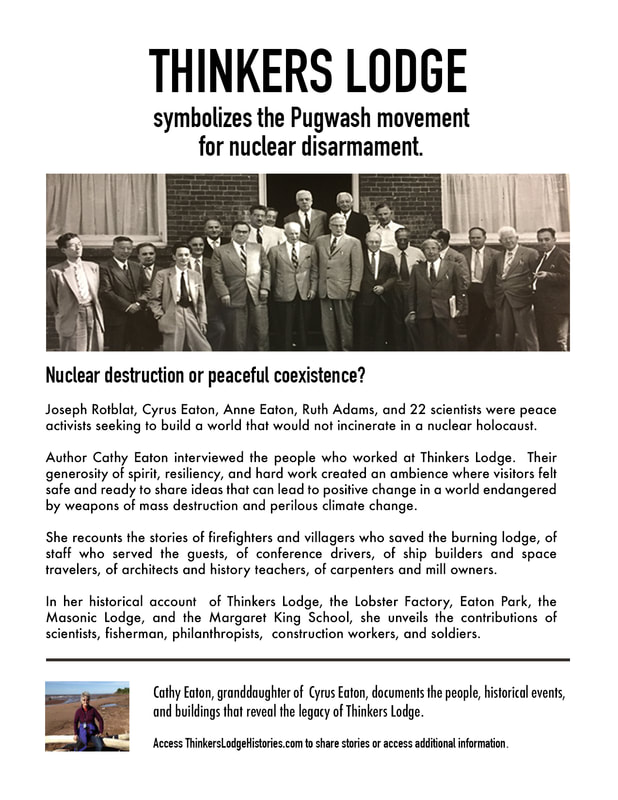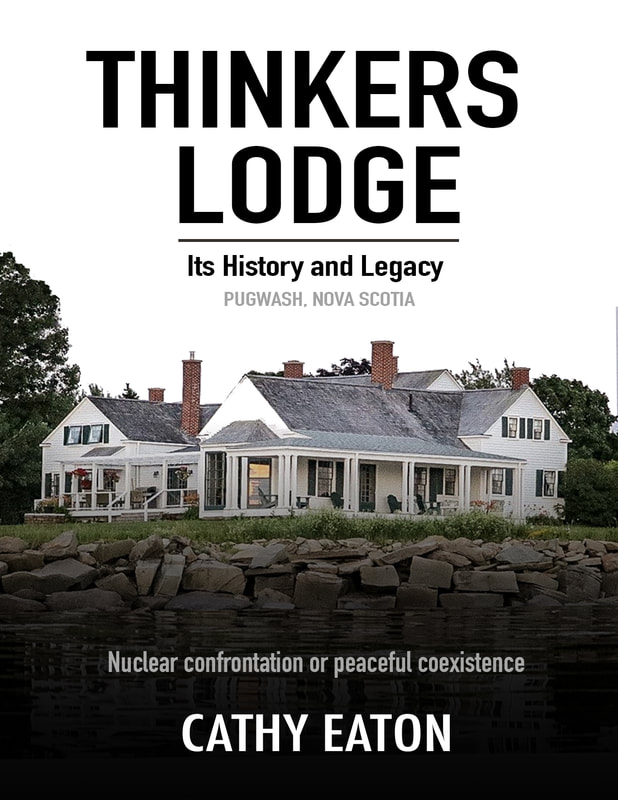Pugwash, Nova Scotia was a bustling harbour, and its abundant lumber enabled many shipbuilders to prosper in the late 1800s. Cyrus Eaton had two well-known ancestors who were shipbuilders: Levi Woodworth Eaton and Donald McKay. Levi’s brother, Stephen Eaton, was Cyrus Eaton’s grandfather, so Levi was Cyrus’ great uncle on his father’s side. McKay was great uncle to Cyrus’ mother, Mary Adelia MacPherson. Levi Eaton was born on August 23, 1811, in Pugwash, Nova Scotia, and migrated to New Zealand while Donald McKay was born on September 4, 1810, in Shelburne, Nova Scotia and migrated to Boston where he designed and built clipper ships.
The 171-ton brigantine, the George Henderson was the last ship Levi Eaton built in Pugwash. Because he believed the era of wooden shipbuilding was ending, he decided to journey to New Zealand with his wife, Sarah Bigelow, two sons (Albert and George), two daughters (Lydia Ann and Sarah Jane) and Lydia’s husband.[i] Additionally, five Bigelow family relations of Sarah accompanied them: Annie, Sarah, Anna, John Bigelow, and John Bigelow, Jr.
John James, the ship’s captain, had previously “carried followers of Norman McLeod, a rather messianic leader, and five boatloads of people, mostly of Scottish descent, from Cape Breton to New Zealand. They eventually settled in Waipu, New Zealand. Captain James, an investor in Eaton’s ship, was instrumental in convincing him to pick up roots and emigrate to New Zealand.[ii] Levi’s younger brother, Alpheus Eaton, followed him to New Zealand a few years later around 1866 after working in California.[iii]
No complete passenger or crew list exists of those who set sail. Captain John James was married to Lydia, daughter of Levi and Sarah Eaton. The first mate George Eaton, Levi’s son, was married to Mary Anna Crane. Reverend William Hobbs, a Baptist minister, accompanied them with his wife[iv]. Malcomb and Murdock MacLean, two brothers, with wife and children joined them from the South Shore. One child was Annie MacLean.
The crew consisted of Captain James, mate George Eaton, second mate William McKenn (probably McKean), Richard Leadbetter, George Page, Thomas Severn, Archibald Dawson, Thomas Dawson, and Albert Eaton. Instead of the typical steward, a stewardess Isabella McLennan accompanied them to keep the cabin tidy and organize the food.
[i] The Eaton Family of Nova Scotia by Arthur Wentworth Hamilton Eaton, 1929 (Privately Printed)
[ii] A History of the Pugwash Estuary, Friends of the Pugwash Estuary Assisted by NCHS, 2016
[iii] The History of Pugwash by James F. Smith, 1978, Published by the NCHS (North Cumberland Historical Soc)
[iv] The History of Pugwash by James F. Smith, 1978, Published by the NCHS


 RSS Feed
RSS Feed